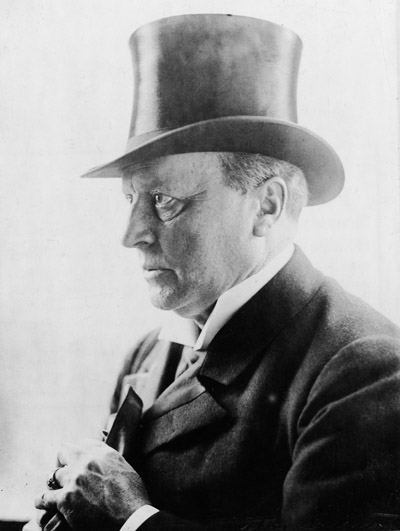Michael Gorra’s Portrait of a Novel is a lucid critique of how Henry James came to write a book that would permanently change the art of literary fiction.
The Portrait of a Lady was first published in 1881, with a second revised version appearing in 1908. James’s heroine is the spirited Isabel Archer — a young woman, fond of her freedom, who is betrothed to a respectable New England mill-owner. Isabel is unexpectedly rescued from this engagement, however, and taken by her aunt to Europe. Soon she inherits a fortune, which will bring with it, she believes, the independence she craves. But then, in Italy, she falls for the fascinating charm of Gilbert Osmond, and eventually marries him.
It is here that the novel explores themes of morality, freedom and civilisation. Much of the plot derives from James’s belief that every human life is predestined. In Isabel — whose life is open to infinite possibility — James found the perfect way to examine the path not taken. And by moving her from America to Europe he could define what he saw as the purpose of art: to build a true civilisation.
As Gorra explains, Europe offered James ‘the thickened air of history’. The subject that fascinated him most was the relationship between the modern self and the past. The freedom Isabel longs for in the early part of the novel is the autonomy Ralph Waldo Emerson spoke of in Self Reliance: one that celebrates individual liberty and breaks away from the constraints of history.
While these Emersonian ideas initially occupy Isabel’s mind, she eventually comes to the conclusion —as James himself did — that, in Gorra’s words,
America itself has had no separate or special creation. No fresh start, no city on a hill, no truly new world; no exception or exemption from history itself.
This is the real drama of The Portrait of a Lady: the emptiness of the American dream, seen through the inward life of its heroine.
This concentration on the inner mind reaches its famous climax in Chapter 42 when Isabel sits before a fire in a moment of contemplative reverie. James said of this long passage:
It is but a vigil of searching criticism; but it throws the action further forward than 20 ‘incidents’ might have done. It was designed to have all the vivacity of incident and all the economy of picture.
Gorra contends that in allowing Isabel’s mind to wander from one moment of perception to another, James essentially revolutionised the novel as an art form. What is certainly true is that he changed the way we define what counts as an ‘event’ in fiction. Sitting still doing nothing, even the simple process of feeling emotion, were henceforth deemed important elements of a novel. In a postmodern world this may sound like a truism, but no Victorian writer had hitherto explored the intricate workings of the inner mind as thoroughly as James did here.
Michael Gorra has an obsession with his beloved author, and most of his book is based on solid academic research rather than the usual speculation or subjective presumption about James. He has written a fitting tribute to a novel that continues to be of paramount importance in Anglo-American literature. It is also a fine toast to a writer who once declared that ‘Nothing is my last word about anything.’






Comments